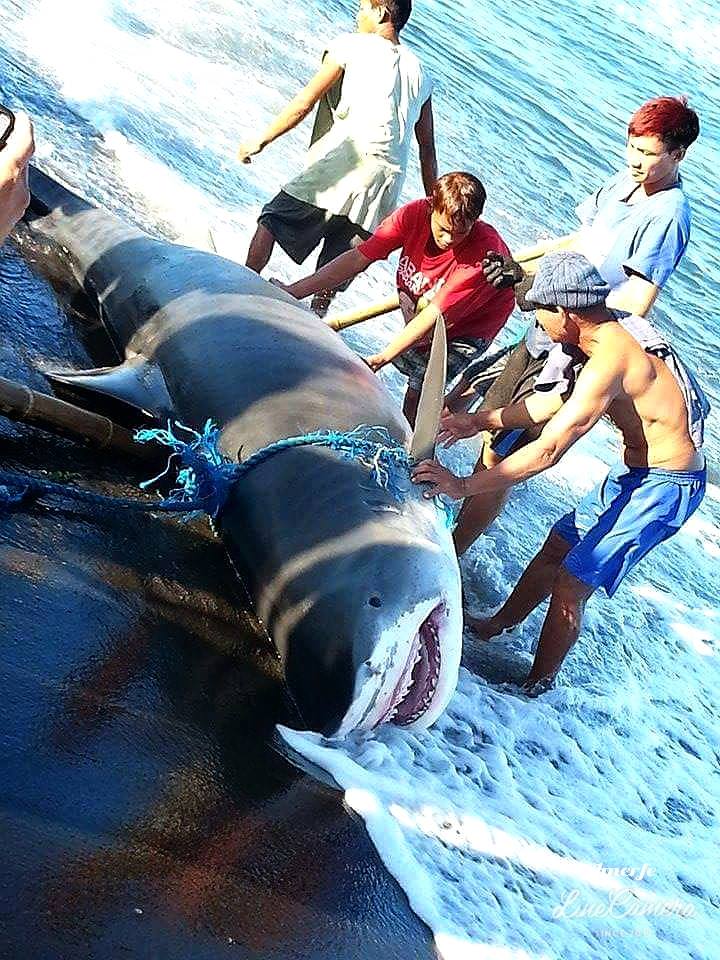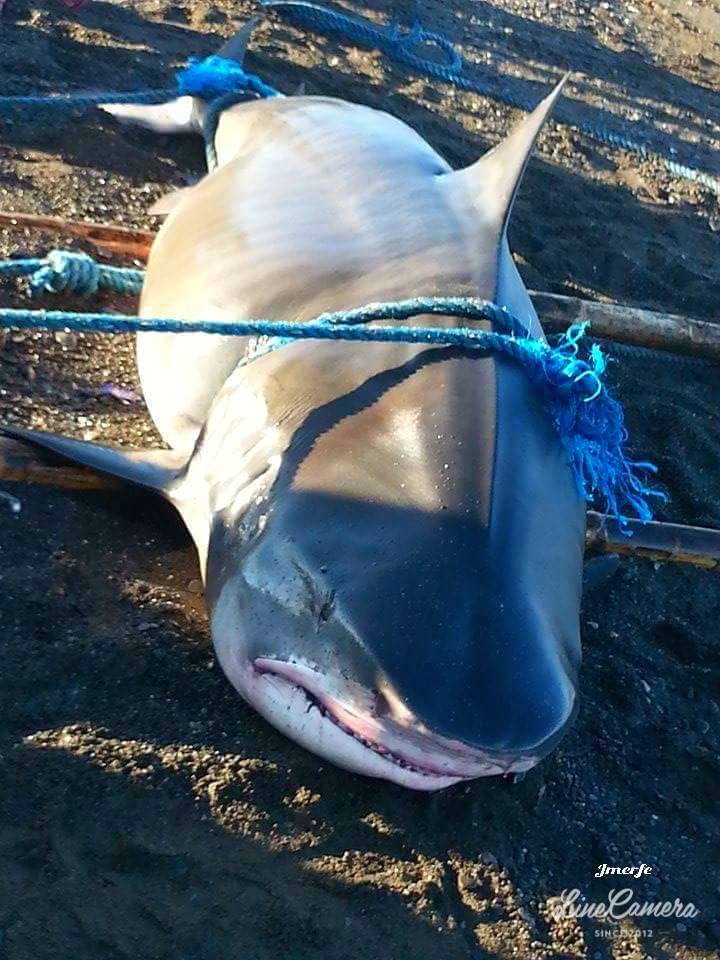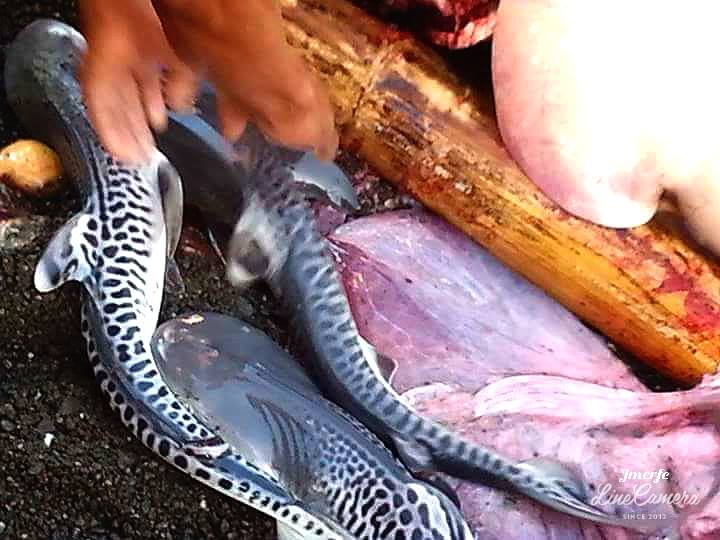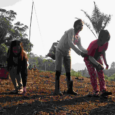The pristine beaches and beautiful islands in the Philippines are considered one of the top destinations for local and international tourists. However, not so very often do we see sharks lurking around our part of town. While these are known as predators of the deep, they are still considered part of marine life.
However, due to climate change, everything is now in danger. We are now experiencing a drastic change of weather, animals acting up, and very recently, sharks are being found either hungry or dead on the shore.
For instance, this pregnant shark (pictured above) was found yesterday on the shore of Brgy. Ipil Barbaza Antique, Philippines.
As stated by Bong Sta Romana Erfe, “a pregnant mother shark washed away at the shore just this morning at Brgy. Ipil Barbaza Antique with still 30 baby sharks on her belly.”
According to SharksWorld.com, sharks have different gestation periods. Unfortunately, the locals (of Antique) were not able to identify what kind of shark it was. But, I researched for the benefit of everyone, how long do mother sharks carry their babies. This way, we have an idea of how long she has been carrying her pups. From what I see, it looks like a great white.
However, according to our reader, this is a tiger shark. They are commonly known as “Sea Tiger” and capable of attaining a length over 5 m (16 ft 5 in). These sharks are found tropical and temperate waters.
| Gestation Period | |
| Dogfish Shark | 18-24 months |
| Bull Shark | about one year |
| Hammerhead | 7-12 months |
| Tiger Shark | 14-16 months |
| Great white | 11 months |
Source: Sharks-World.com
As luck would have it, Sir Bong confirmed that they were able to release her 30 pups safely back to the water! Yay!!
Ultimately, we must believe what Leonardo DiCaprio said during his speech at the Oscars, that “climate change is real; it is happening right now.”
Let’s start taking the climate change issue seriously. Otherwise, we must prepare ourselves for seeing these species in places where they shouldn’t be.
Tell us your thoughts in the comment section below.







